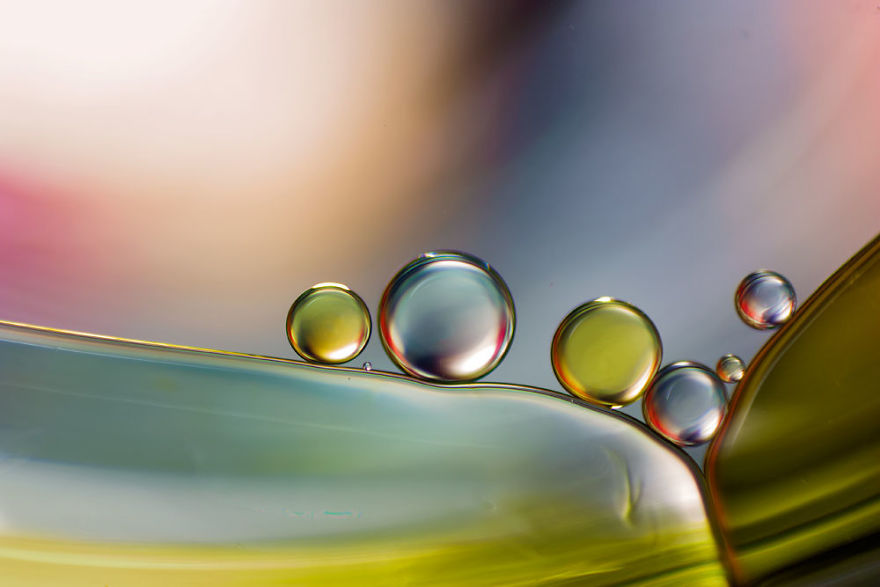We have all admired some photo of water drop. Water can be a beautiful object of photography. Its brightness, its transparency and the unpredictable forms that it acquires when it bounces make it the object of desire of many, professionals and fans alike. Would you like to be able to capture a drop of water in its moment of maximum splendor and freedom? Today I will explain in 8 simple steps how you can photograph a drop of water without dying of despair.
WHY IS IT SO DIFFICULT TO CAPTURE A DROP OF WATER?
NECESSARY MATERIAL I do not hide that photographing a drop of water (doing it right) is not turkey mucus, it can be one of the most difficult photographic works, especially for someone who is still starting in photography. The water is transparent, and your camera has a hard time focusing on transparent or colorless things (have you ever tried to focus through the glass of a window?). On the other hand nothing moves faster or wilder than water. It is unpredictable and its movement is very fast which prey fleeing from its captor. If you want to capture a drop of water there is only one way: be you even faster. Do you want to know how? Go for it. To capture the rebound of a drop of water we will need the following material:- Obviously, SLR camera.
- A source of intense light: window on a very sunny day, external flash, softbox, or any powerful light source.
- Cardboard that will serve as background.
- A glass full of water. To overflow.
- Some object from which water will drip into the glass: it can be a bottle of water with a small hole, a very damp cloth, or anything that helps us retain water and let it drip slowly.
- Tripod
PHOTOGRAPH A DROP OF WATER IN 8 STEPS
Step 1: The first thing is to set up our small and improvised studio. We will place the cardboard in the background and in front of it we will put our glass cup full of water until it overflows. Tip: In order not to end the whole water-flooded scene, I recommend that you put the glass in turn inside a wide bowl or bowl. In this way the water splashes will not reach the table or the floor. Step 2: You can produce the continuous dripping of the water in several ways: bored bottle, wet cloth, etc. In fact, I recommend that you experience any method that comes to mind. In my case, the water soaked cloth method works well for me. This you will have to hold in some way, so either you ask a friend to hold you, or you are looking for some way to keep it tight so that it drips just above the glass of water. And now comes the important part, the camera settings. Step 3: If you have a remote trigger, select the remote shutter mode on your camera (if you don't have it, there is no problem, skip to step 4), because that way you get more precision and the camera shakes less. Step 4: Force the flash or prepare your external flash or light source to have the scene well lit at the time of shooting. Step 5: Mount the camera on a tripod. It will be useful for step 6.- The background cardboard can be white, but if you can use a colored one, better, preferably blue or yellow, although any color will give good results.
- If the photos get dark try lowering the shooting speed. For example, if 1/1000 comes out dark, try 1/600, and gradually, until you find the right point. Be careful, if you slow down too much in the end you won't be able to freeze the drop.
- If instead of water you dare with another colored liquid, for example milk, you will get spectacular results. The color impacts, but tries to make the background a different color.
- If you have a Macro lens use it. You will succeed.
- Do not shoot from very high. Try side perspectives, centered. And above all do not limit yourself, shoot horizontally and vertically.
- Do not neglect the issue of focus. It is very frustrating to believe that it is well focused and once on the computer to discover that the photos came out of focus.


